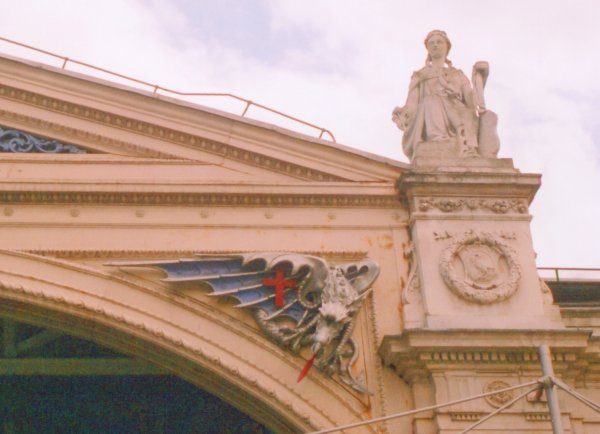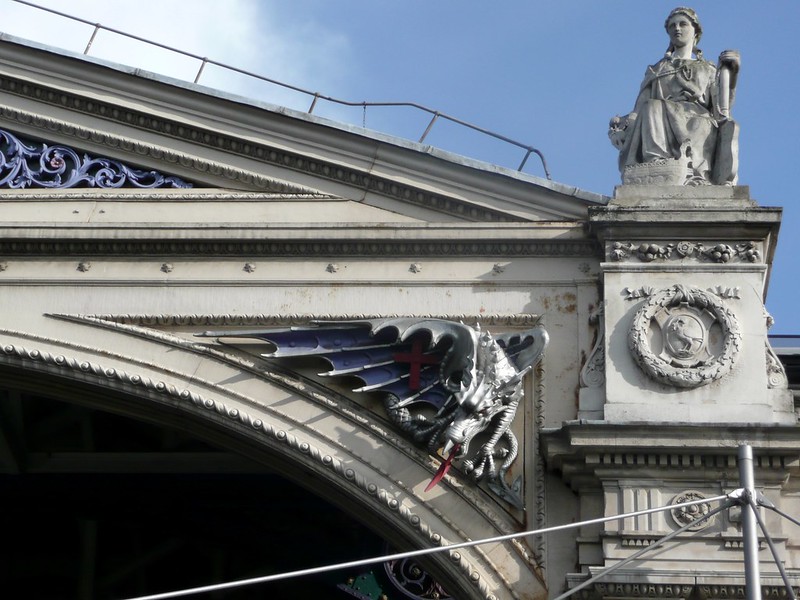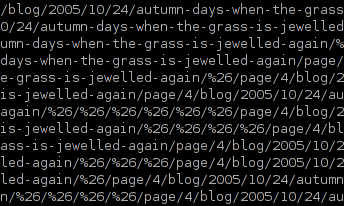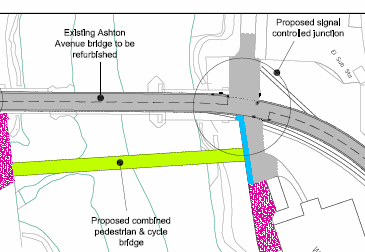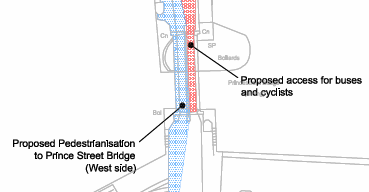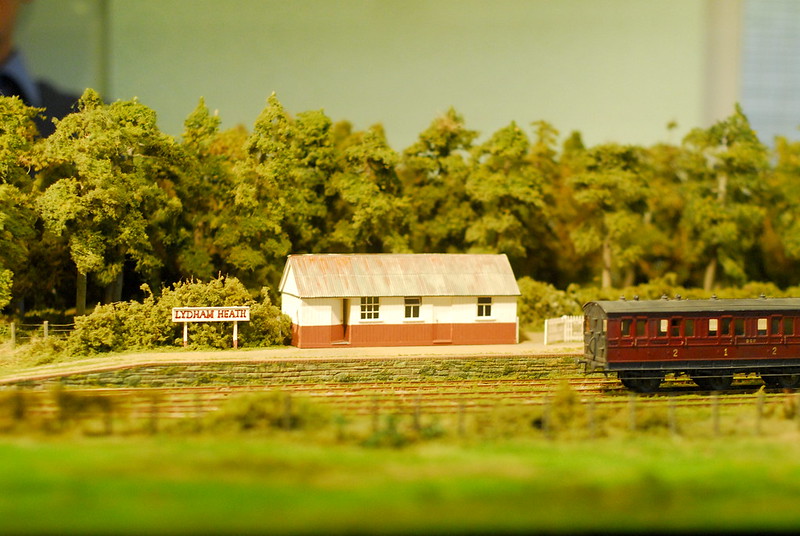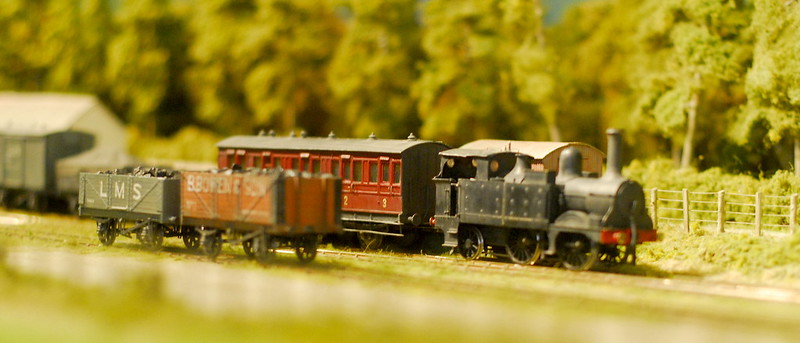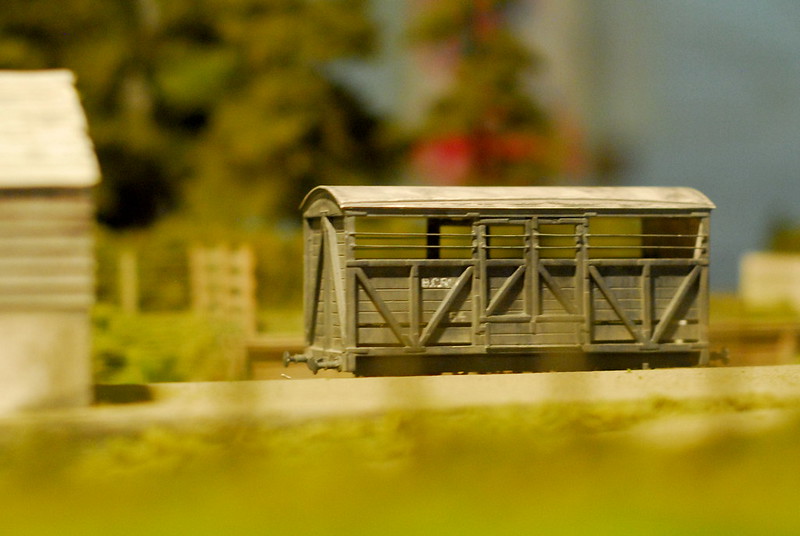High Speed News
In which we look at trains and the money behind them
Today’s big news story: the East Coast rail franchise is to be temporarily taken into state hands, because the company running it, National Express, has decided that they can’t make the huge wodge of cash that they have promised to pay. Which, to be honest, many many people could have told you was a little unlikely.
The East Coast route has always been seen as a bit of a cash cow, ever since it has been operated by a single company. Back in the 1930s the LNER, the aforesaid first company to own the route from end to end, was struggling somewhat, as most of its profits came from servicing the declining heavy industries of the North-East. So, it negotiated itself away from the non-compete restrictions which hampered its London-Scotland timetable,* and started to introduce faster, record-breaking, headline-grabbing expresses. They introduced the longest regular non-stop train service in the world, and the fastest type of steam engine in the world; and introduced innovations such as at-seat radio services, and the “in-flight movie”. The route has stayed at the forefront of speed, technology and publicity ever since, and at several times has featured the fastest trains in the country.**
By the time privatisation came along, the East Coast route was one of the few profitable rail services in the country. It was quickly grabbed, by Sea Containers, the shipping company which had already bought British Rail’s Sealink shipping line. And everything went smoothly, for some time, because the route did indeed make plenty of money.
In this decade, though, there were problems. As the line was seen as a cash cow, other companies started running competing services over what was already a very crowded and busy route; and their franchise payment went up to £130million per year. Sea Containers tried to bring a court case arguing that there wasn’t enough room for anybody else’s trains on their line, but the case failed. The company started hinting that it was having trouble making money on the route, and that its position was financially unsustainable. In October 2006 the company filed for bankruptcy protection in the USA, and told the British government that they would walk away from the East Coast route if not allowed to renegotiate their contract. A month later, the government told Sea Containers that their franchise was being withdrawn.
In the auction for the rights to run the route from 2007 onwards, Sea Containers played little part, holding a 10% stake in a joint bid made in the names of Virgin and Stagecoach. The winner, though, was National Express. They promised to pay £1.4 billion in total, to operate the route from 2007 through to 2015. Rather more, in other words, than the £130 million per year that Sea Containers had had trouble meeting. You have to wonder what was going on in their decision-making. It must have been obvious to them that the line would have trouble generating that much money. Did they really think they had enough spare cash elsewhere to prop it up with?
It’s not surprising at all, then, that they haven’t managed to keep the line running. It’s more surprising, though, that it apparently took National Express 18 months to realise that their sums were a bit off. Never mind the recession: passenger figures were already falling well before National Express took over, which was partly why Sea Containers had trouble. Maybe they thought they could get things to turn around faster. Evidently, though, they made a mistake somewhere. That still leaves this, though, as one of the more predictable news stories of this part of the decade.
* ever since the mid-1890s, the East Coast and West Coast companies had had a minimum-time agreement restricting the point-to-point average speed of their trains to around 50mph, following the dangerous “Race To The North” competitions of 1895.
** For the past 20 years almost it has had its own specially-designed trains which are capable of 140mph, until recently beating every other domestic train in Britain – but for the whole time, it’s been in the slightly silly position of having a top speed limit of 125mph, leaving that speed advantage unusable.

 Home
Home